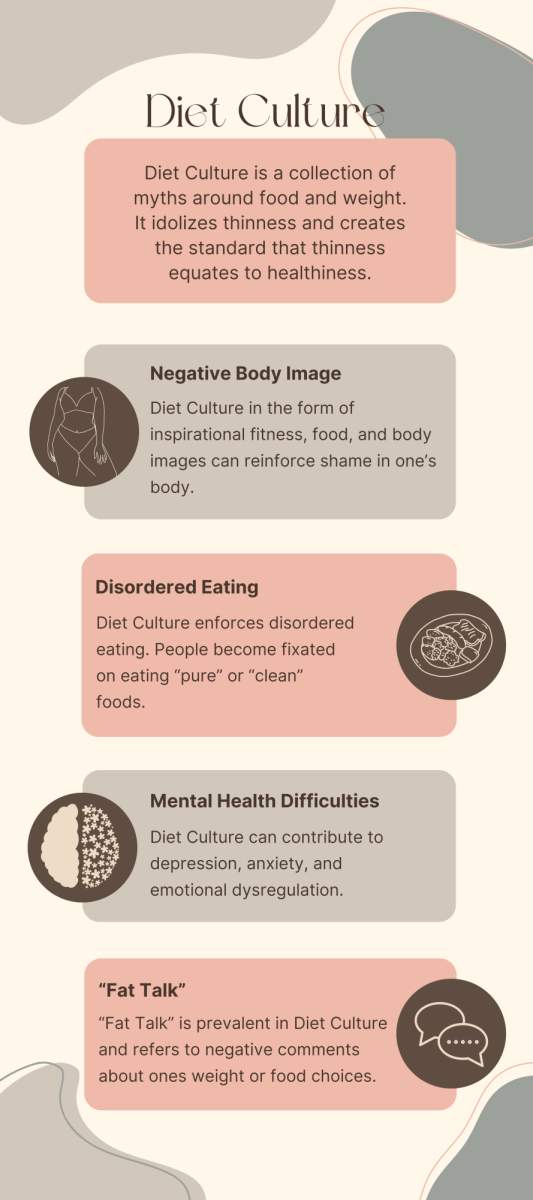The future of our planet is dim and clouded with smog. By the end of this century, many areas of Africa, South America and Asia will have a maximum of around 113 degrees Fahrenheit daily. 94 percent of Miami Beach and 88 percent of New Orleans will be flooded.
With the increase in temperature comes the surge of extreme weather. Hurricanes like Sandy and Katrina, heat waves, blizzards and droughts will become more and more common, according to Climate Central.
Now, I understand that “fixing” climate change is not an easy task. To reverse the imminent damage that we as humans have inflicted on this planet will take decades, even centuries.
I go to a high school where I view students not understanding the impending disaster that very well may destroy the life-sustaining capabilities of the planet in our own lifetimes.
I know that at this very moment, it may not seem to be a problem, and it may not seem to devastate your community in the next year, but climate change is a very real and very serious issue. According to the New York City Panel on Climate Change, within ten years, the sea levels around New York City will increase 4-8 inches, which increases the likelihood of floods and creates the perfect conditions for more damaging storms like hurricane Sandy.
If and when the world’s temperature rises two degrees Celsius (3.6 degrees Fahrenheit) the ecosystems and coast lines of our world will collapse into disrepair.
It’s time to show the everyone that we care, not only about ourselves, but about our children, and our grandchildren. It’s time to start deliberately taking action against climate change.
From buying electric vehicles and renewable energy, to trying to keep our carbon footprint down, to carpooling with friends and neighbours, to even just buying less packaged foods, we need to take action.
We’ve been taught these same ideas since we were children, reading The Lorax, and I believe that as a community, if we start caring, we can make a difference in the world, one at a time.
So What Can I Do?
Educate yourself about the issues. Make sure you’re well informed before consulting a congressman or woman. We do not want to be deemed as “complaining teenagers” before we even have the chance to speak up and share our ideas.
Talk about climate change with your family and friends. The more we remind people that it’s happening, the more we can make a difference.
Start thinking about buying an electric vehicle. The main cost may seem a bit scary for one of the shiny new electric vehicles (EV), but you can get federal tax credit of up to $7,500, and Maryland sales tax credit up to $3,000, and it’s worth it to keep the fossil fuels out of our atmosphere.
Talk to your parents about switching your home to renewable energy through your local power company. From wind to solar, there are plenty of affordable ways to reduce your home’s carbon footprint. Wind energy does not require the installation of solar panels, so may be a better option for some homes.
Reuse, reduce and recycle. The same mantra we’ve been taught for all of our lives could help save the planet. Yes, it’s a stretch that one can thrown in a recycling bin can make a difference to our coral reefs and coastlines, but altogether, it can make a difference
Ask your parents to buy fresh, local foods instead of unnecessarily packaged products. Manufacturing produces an average of 4-8 pounds of CO2 for every pound of the manufactured product (according to CarbonFund). By buying fresh, you’re essentially preventing the CO2 from entering our atmosphere and adding to climate change.








